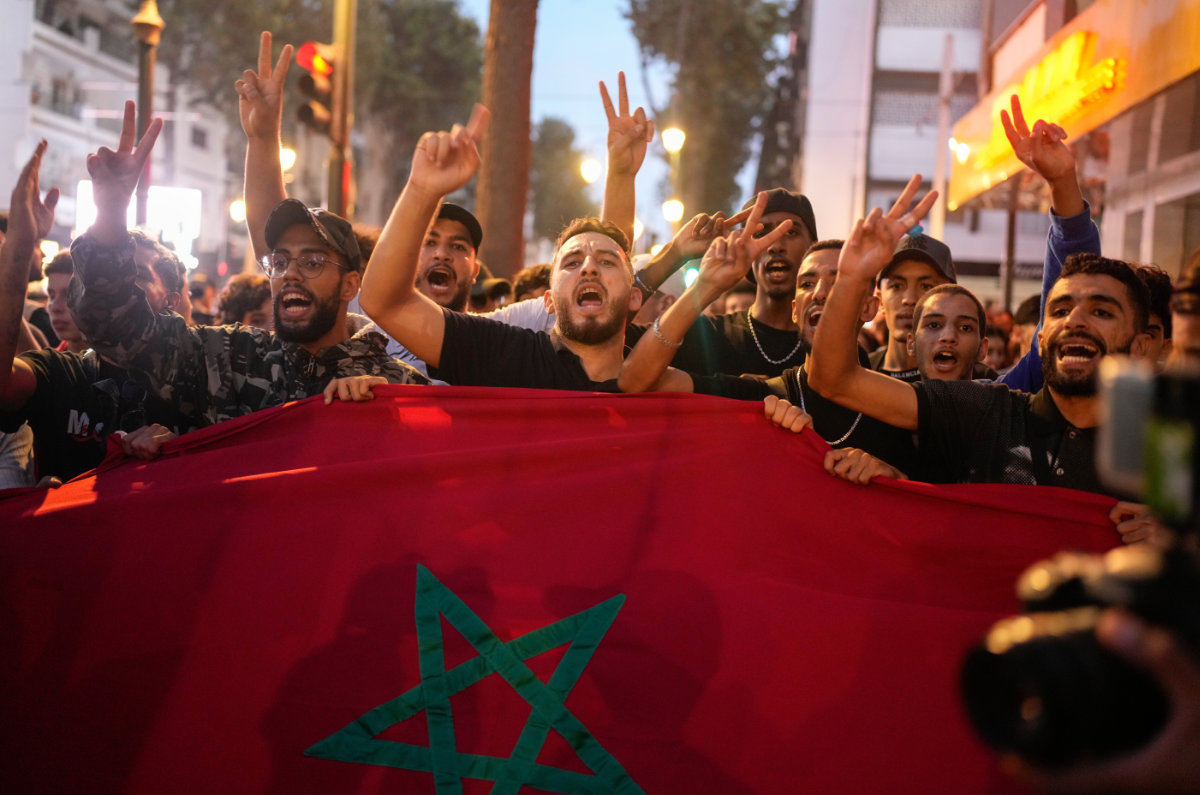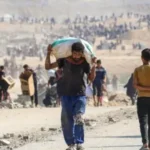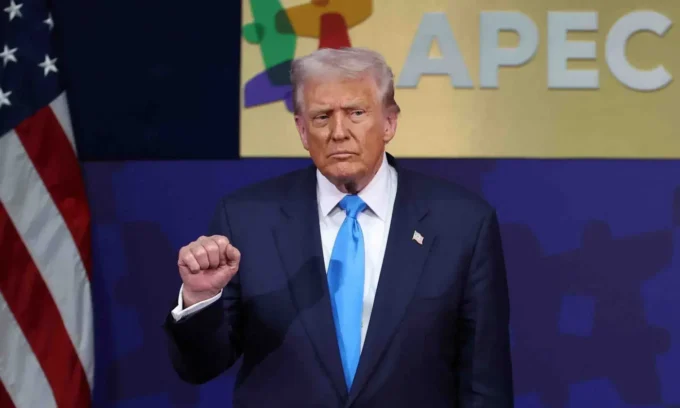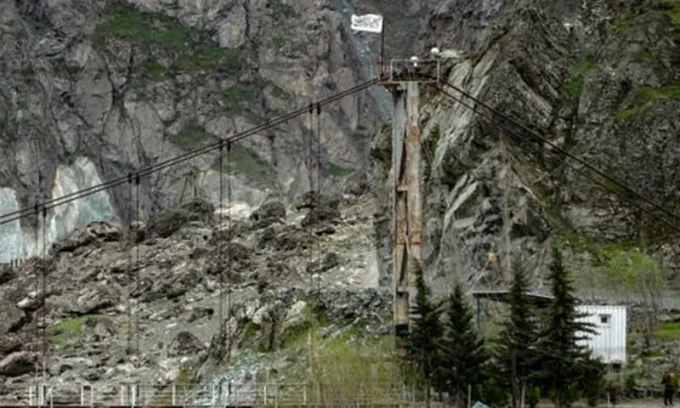RABAT: Morocco braced for a sixth consecutive night of unrest on Thursday, as Prime Minister Aziz Akhannouch made his first public appeal for dialogue with protesters, just a day after three demonstrators were killed in clashes in the southern city of Agadir.
The rare wave of demonstrations in the North African nation — long viewed as one of the region’s most politically stable states — has been driven by frustration over deep social inequalities. Anger has grown as the government pours billions into preparations for hosting the Africa Cup of Nations next month and the FIFA World Cup in 2030, while many citizens complain of neglected healthcare, education, and jobs.
Chants of “We don’t want the World Cup, health is a priority” and “We have stadiums, but what about hospitals?” have echoed through Morocco’s streets since protests first erupted on Saturday. The immediate trigger was outrage over the reported deaths of eight pregnant women at a public hospital in Agadir.
Speaking late Wednesday, Akhannouch admitted the situation was “regrettable” but said his administration was willing to “engage in dialogue” and “respond to the protesters’ demands.” He confirmed that three people were killed during the previous night’s protests. The Interior Ministry said the deaths occurred when demonstrators attempted to storm a law enforcement station in Agadir.
Earlier statements from officials said that police had opened fire on protesters allegedly armed with bladed weapons as they tried to force entry into the building.
Protest movement GenZ 212
At the heart of the uprising is “GenZ 212,” a decentralized online movement formed in September through Discord and TikTok. The group has quickly attracted more than 150,000 members, mostly youth, and has managed to mobilize nationwide demonstrations without clear leaders or political party backing.
While violence and vandalism have flared in some areas, the group has repeatedly urged demonstrators to remain peaceful. Ahead of Thursday’s rallies, it released a statement reaffirming its rejection of “all forms of violence, vandalism, or rioting,” insisting that protests should remain a “civilised and responsible expression of our demands.”
The group announced fresh demonstrations scheduled to begin at 1600 GMT (9pm PKT), with gathering points to be disclosed later in the day.
Clashes, arrests, and damage
Since the protests began, authorities have arrested more than 400 people, most of them young. Around 300 security officers have been injured in clashes, the Interior Ministry said, while some 80 public and private buildings were vandalized. Officials also reported “significant” damage to 271 government vehicles and 175 privately owned cars.
Legal proceedings are already underway: 134 people — including six currently in detention — are set to face trial in Rabat.
Despite growing unrest, many protesters have been careful to express their loyalty to King Mohammed VI, framing their anger as directed against corruption and government mismanagement rather than the monarchy itself. Demonstrators have called for “freedom, dignity and social justice,” while some have directly demanded Prime Minister Akhannouch’s resignation.
From peaceful rallies to outbreaks of violence
Though many marches have remained peaceful, violence has flared in cities such as Sidi Bibi, where demonstrators set fire to commune offices. In Sale, north of Rabat, hooded youths torched two police cars and a bank branch, incidents locals insisted were the work of “young thugs” unaffiliated with GenZ 212.
On Wednesday, for the first time since the unrest began, authorities officially authorised rallies in cities including Tangier, Tetouan, and Casablanca — an indication of the government’s attempt to contain tensions while avoiding a harsher crackdown.
Yet the standoff shows no sign of easing. With more protests announced, Morocco now faces one of its most serious domestic challenges in years, as a digitally savvy youth movement channels widespread frustration into street mobilization — and a government struggling to balance promises of reform with mounting unrest.










Leave a comment